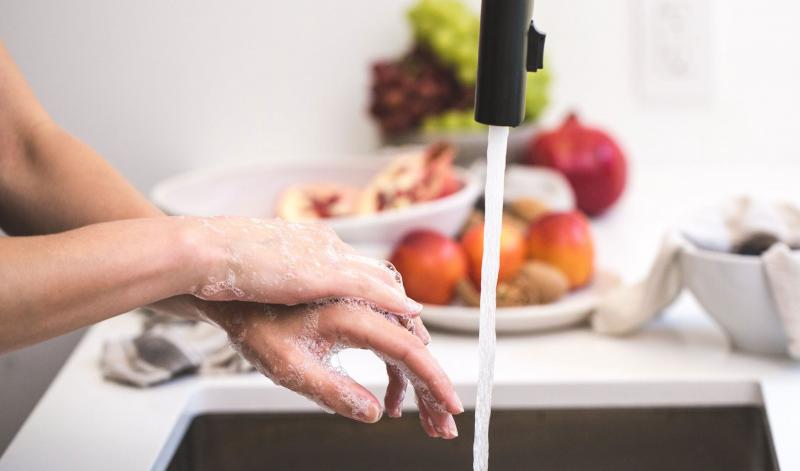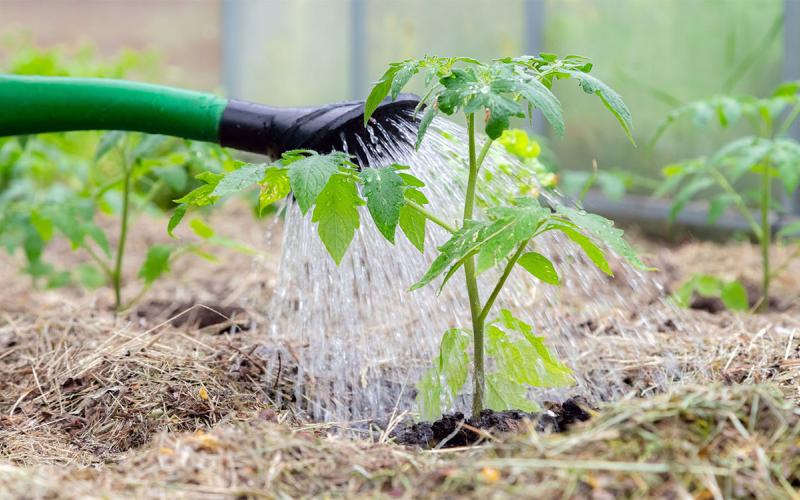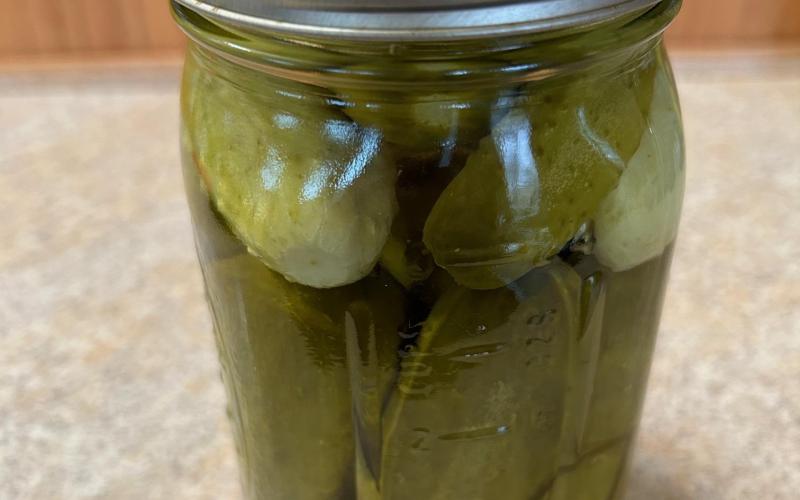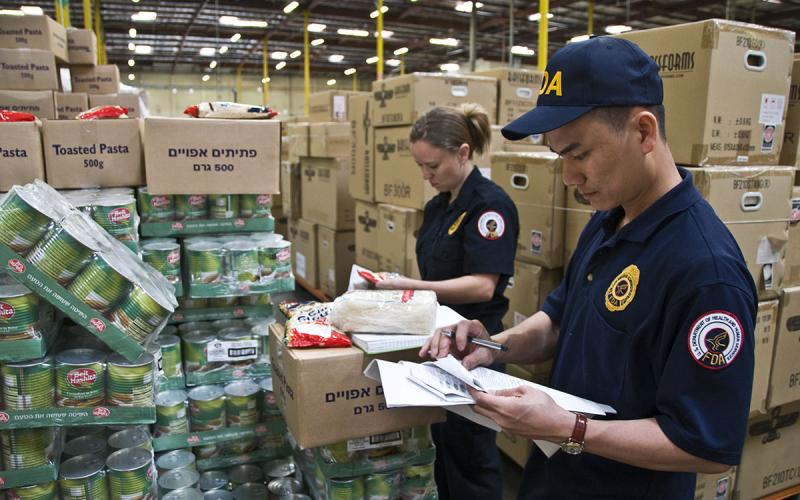Originally written with contributions by Kimberly Cripps, former SDSU Extension Family & Community Health Field Specialist.
Staying healthy includes eating a variety of foods to give you the nutrients you need to maintain your health, feel good, and have energy. Food safety is also part of staying healthy. Food safety can mean a variety of things. For example, Food safety can mean describing handling, preparation, and storage of food in ways that prevent food-borne illness.
Preparation

You cannot see, smell, or taste harmful bacteria that may cause illness. In every step of food preparation, follow the four steps to keep food safe:
- Clean: Wash hands and surfaces often.
- Separate: Do not cross-contaminate.
- Cook: Cook to the right temperature.
- Chill: Refrigerate promptly.
Storage
When it comes to food safety and storing foods in the refrigerator or freezer, remember these tips:
- Always refrigerate food that likely to decay or go bad quickly within 2 hours—1 hour when the temperature is above 90 °F (32.2 ºC).
- Check the temperature of your refrigerator and freezer with an appliance thermometer. The refrigerator should be at 40 °F (4.4 ºC) or below and the freezer at 0 °F (-17.7 ºC) or below.
- Cook or freeze fresh poultry, fish, ground meats, and variety meats within 2 days; other beef, veal, lamb, or pork, within 3 to 5 days.
- Food that is likely to decay or go bad quickly, such as meat and poultry, should be wrapped securely to maintain quality and to prevent meat juices from getting onto other food.
- To maintain quality when freezing meat and poultry in its original package, wrap the package again with foil or plastic wrap that is recommended for the freezer.
Leftovers
Here are some tips for food safety with leftovers:
- Discard any food left out at room temperature for more than 2 hours—1 hour if the temperature was above 90 °F (32.2 ºC).
- Place food into shallow containers and immediately put in the refrigerator or freezer for rapid cooling.
- Use cooked leftovers within 4 days.
- Reheat leftovers to 165 °F (73.9 °C).
- Meat and poultry defrosted in the refrigerator may be refrozen before or after cooking. If thawed by other methods, cook before refreezing.
Follow the Basics for Handling Food Safely for storing food in the refrigerator and freezer. The short time limits for home-refrigerated foods will help keep them from spoiling or becoming dangerous to eat.


